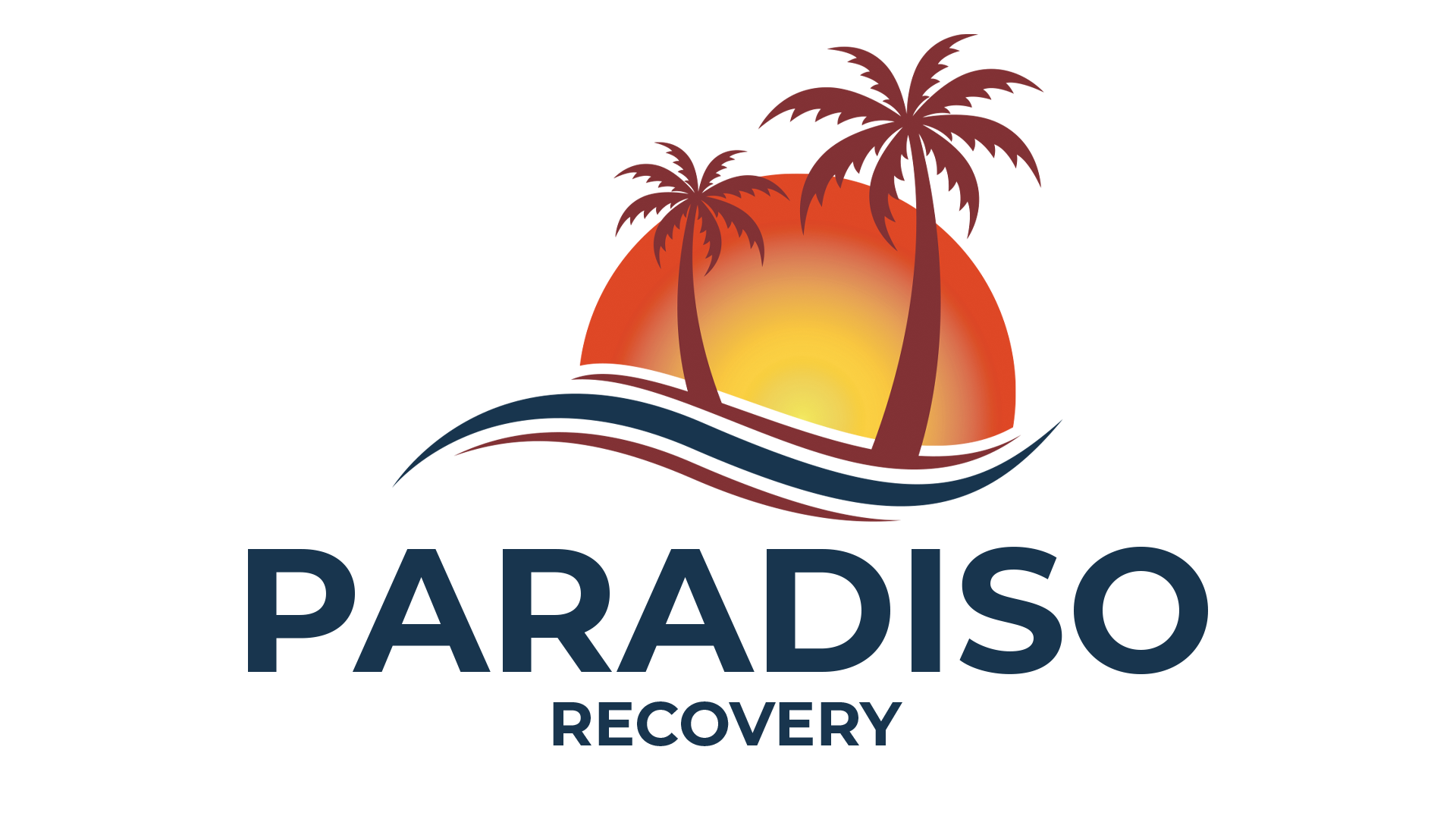When it comes to managing anxiety disorders, one of the most frequently asked questions is, “What’s the best therapy for anxiety?” This is a crucial query, as it directly impacts the lives of individuals seeking relief from overwhelming worry, fear, and distress.
At Paradiso Recovery, we understand that each person’s experience with anxiety is unique. We are committed to providing personalized, evidence-based treatment approaches that address the specific needs of every individual seeking recovery and mental health support.
Why CBT is Considered the Most Effective Therapy for Anxiety
Cognitive Behavioral Therapy (CBT) is considered the standard treatment for anxiety disorders. This therapeutic approach is designed to help individuals identify and modify thought patterns and behaviors, especially if they contribute or aggravate anxiety symptoms.
The effectiveness of CBT lies in its structured, goal-oriented methodology. Unlike other forms of therapy that may take years to show results, CBT can produce noticeable improvements within 12 to 20 sessions. Research consistently suggests that 60-80% of individuals experience significant symptom reduction through CBT interventions.
Key components of CBT for anxiety treatment include:
- Cognitive restructuring: Learning to identify and challenge distorted thinking patterns
- Behavioral activation: Gradually engaging in activities to promote positive feelings and break past patterns
- Skills training: Developing practical coping mechanisms for managing anxiety symptoms
CBT addresses anxiety by focusing on the connection between thoughts, feelings, and behaviors. When someone with social anxiety thinks, “Everyone will judge me if I speak up,” CBT helps them examine the evidence for this belief and develop more balanced perspectives.
The homework component of CBT helps set it apart from other therapeutic approaches. Between sessions, individuals practice newly learned skills through exercises like thought records and relaxation techniques. This active participation accelerates progress and helps maintain long-term improvements.
Therapy Methods That Work for Anxiety Disorders
If someone is seeking treatment for a specific anxiety disorder, certain therapy modalities may be more appropriate for speaking to those needs. This doesn’t mean that a person with a specific disorder won’t see benefits from other therapy modalities. But certain forms of therapeutic treatments are designed (or can be easily adapted) to speak to the needs of people with particular anxiety disorders.
Exposure Therapy for Specific Fears and Phobias
Exposure therapy represents one of the most direct approaches to treating anxiety disorders, particularly effective for phobias, obsessive-compulsive disorder, and post-traumatic stress disorder. This method involves gradually and systematically confronting feared situations or objects in a controlled environment.
The process begins with creating a fear hierarchy, ranking anxiety-provoking situations from least to most distressing. Individuals start with less challenging exposures and progressively work toward more difficult ones. For someone with a fear of flying, this might begin with looking at airplane pictures and eventually progress to taking a flight.
Virtual reality exposure therapy has emerged as an innovative variation, allowing individuals to confront fears in simulated environments. This technology may prove particularly useful for treating phobias related to heights, flying, or public speaking when real-life exposure is impractical.
Acceptance and Commitment Therapy for Persistent Worry
Acceptance and Commitment Therapy (ACT) takes a different approach than traditional anxiety treatments. Instead of trying to eliminate anxious thoughts and feelings, ACT teaches individuals to accept these experiences and attempt to reframe them within the larger picture of life.
This therapy emphasizes psychological flexibility, i.e. the ability to stay present with difficult emotions while taking action aligned with personal values. For someone with generalized anxiety disorder, ACT might involve learning to acknowledge worry without letting it dictate behavior choices.
Core ACT techniques include:
- Mindfulness exercises: Developing present-moment awareness
- Values clarification: Identifying what matters most in life
- Committed action: Taking steps toward meaningful goals despite anxiety
Dialectical Behavior Therapy for Emotional Regulation
Dialectical Behavior Therapy (DBT) can prove particularly effective for individuals whose anxiety occurs alongside intense emotional reactions or self-destructive behaviors. Originally developed as a treatment for borderline personality disorder, DBT has shown success in treating anxiety disorders complicated by emotional dysregulation.
DBT teaches four core skill modules: mindfulness, distress tolerance, emotion regulation, and interpersonal effectiveness. These skills help individuals manage overwhelming emotions without resorting to harmful coping mechanisms.
The distress tolerance component of DBT is especially relevant for anxiety treatment, as it provides concrete strategies for surviving crisis situations without making them worse through impulsive actions.
How to Determine Which Anxiety Therapy Approach Works Best
The most effective therapy for anxiety depends on several individual factors, including the specific type of anxiety disorder, personal preferences, and any co-occurring mental health conditions. Understanding these variables can help in making informed treatment decisions. Of course, a mental health professional can provide insight into what may benefit a person’s overall treatment.
Factors that influence therapy selection may include:
- Anxiety type: Phobias specifically can respond well to exposure therapy, while generalized anxiety may benefit more from CBT or ACT.
- Symptom severity: More severe cases of anxiety disorders might require longer-term approaches, such as psychodynamic therapy,
- Personal style: Some individuals prefer structured approaches (such as CBT), while others may benefit more from exploratory methods.
There is no rule that an individual can use only one type of therapy to help treat their anxiety, Generalized anxiety disorder typically responds well to CBT’s structured approach to worry management. Social anxiety disorder often improves with a combination of CBT and exposure therapy. Panic disorder frequently benefits from CBT techniques specifically designed to address catastrophic thinking about physical sensations.
Treatment for Anxiety and Co-occurring Conditions
The presence of co-occurring conditions also influences treatment selection. Individuals with both anxiety and depression might benefit from integrated approaches that address both conditions simultaneously. Those with substance use issues alongside anxiety require specialized dual-diagnosis treatment.
Anxiety frequently occurs alongside other mental health conditions, creating complex treatment needs. Depression and anxiety commonly co-occur, with studies showing that approximately 60% of individuals with anxiety also experience depressive symptoms. Substance use disorders also frequently accompany anxiety disorders.
Some individuals initially use alcohol or drugs to self-medicate anxiety symptoms, which can lead to addiction. This combination requires specialized dual-diagnosis treatment that addresses both conditions simultaneously.
Trauma-related conditions like post-traumatic stress disorder (PTSD) often involve significant anxiety symptoms. Treatment for trauma-related anxiety may require specialized approaches like Eye Movement Desensitization and Reprocessing (EMDR) or trauma-focused CBT. In this scenario, therapy that solely addresses anxiety may be be sufficient.
FAQs About the Best Therapy for Anxiety
How long does CBT work for anxiety disorders?
Most people begin experiencing improvements in anxiety symptoms within 6 to 8 CBT sessions, with significant progress typically occurring within 12 to 20 sessions. But this is highly dependent on symptom severity and individual response to treatment.
Can online therapy treat severe anxiety disorders?
Research demonstrates that telehealth methods can be as effective as in-person treatment for most anxiety disorders, including moderate to severe cases. But some individuals may prefer face-to-face interaction for building therapeutic rapport.
What happens if anxiety symptoms get worse during therapy?
Temporary increases in anxiety can occur during treatment, particularly when confronting avoided situations in exposure therapy. Mental health professionals are trained to monitor these reactions closely and adjust treatment approaches to maintain safety and progress.
How much does professional anxiety therapy typically cost without insurance?
Receive Anxiety Treatment at Paradiso Recovery
The most effective therapy for anxiety varies among individuals, but cognitive behavioral therapy consistently demonstrates the strongest research support across different anxiety disorders. CBT’s structured approach to identifying and modifying anxiety-maintaining thoughts and behaviors provides concrete tools for long-term symptom management.
Paradiso Recovery provides comprehensive, evidence-based treatment for substance use disorders, including for people with anxiety disorders. Our personalized approach ensures that each client receives the most appropriate therapeutic interventions for their unique circumstances and recovery goals.
If you’re ready to take the next step, professional help is available. Contact Paradiso Recovery today for a confidential assessment and begin your journey toward lasting relief. Our experienced team is ready to provide the support and guidance needed for successful recovery.

